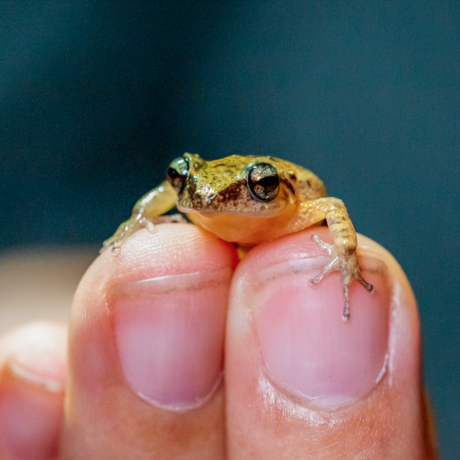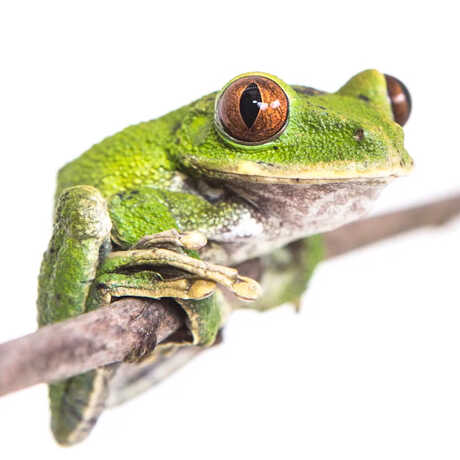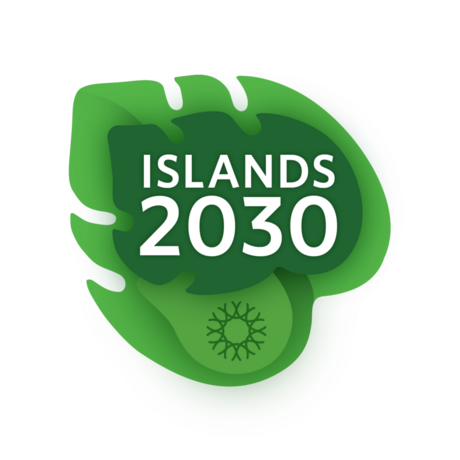
Islands 2030
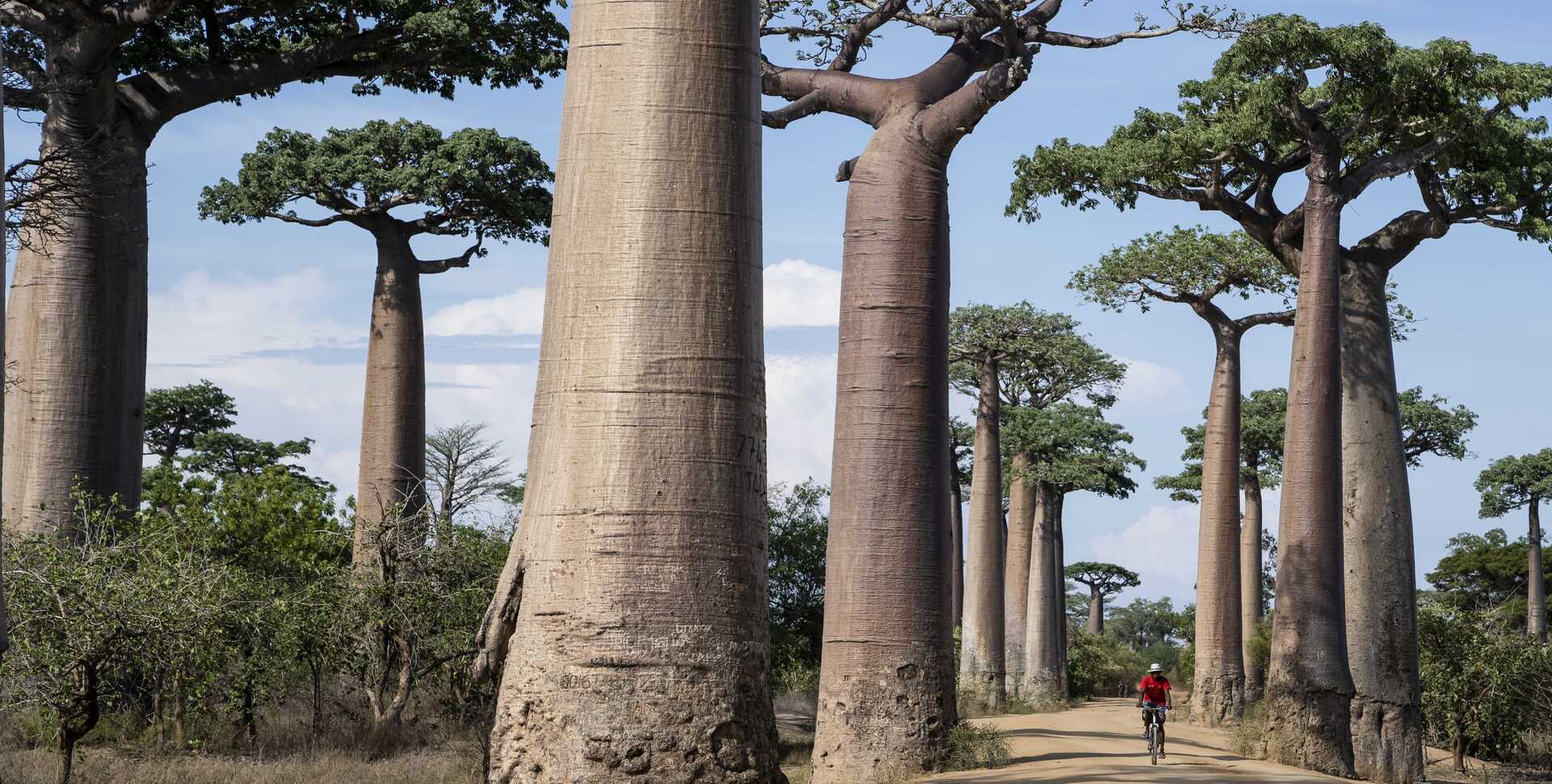
A man rides a bike through a baobab forest in Madagascar (Photo © Andy Isaacson)
Islands are sentinels of change, representing an urgent call to action for the future of the planet. Islands 2030 will focus on five diverse tropical archipelagos—the Galápagos, Lesser Antilles, Madagascar, Philippines, and Gulf of Guinea islands—that share a legacy of colonialism and prolonged resource extraction and are threatened by invasive species, climate change, and sea level rise.
Through three critical pathways—biodiversity science, environmental learning, and collaborative engagement—we will equip island communities with the tools, data, and resources needed to build green economies and boost biodiversity and ultimately create a blueprint for regenerating vital, vulnerable ecosystems all over the world.
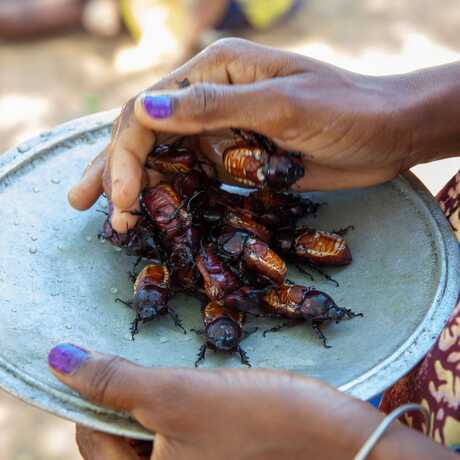
Regeneration in action
At the Madagascar Biodiversity Center, Academy scientists are working with local communities to scale sustainable insect farming. This project bolsters food and economic security for women and children, protects endangered lemurs and their forest habitat, and reduces transmission risks of diseases from animal to human populations. Journey to Madagascar and tour the facility via bioGraphic magazine.
Photo: Brian Fisher © California Academy of Sciences

Biodiversity science
75 percent of all recent extinctions—birds, reptiles, amphibians, and mammals combined—have occurred on islands. To protect against future losses, multidisciplinary teams will conduct comprehensive plant and animal health surveys on each archipelago, assigning ecosystems with a “resilience rating” that will help prioritize conservation projects. The Academy’s Center for Comparative Genomics will analyze genomic data, producing insights about the islands’ histories that will inform regeneration strategies in the future.
Photo: Brian Fisher © California Academy of Sciences

Environmental learning
We believe that nurturing current and future leaders from the islands will result in better protection for the islands. Academy scientists will train and mentor postgraduate students from each archipelago, forming a global network of scientific experts, while a new international Youth Leadership Corps, modeled on our Careers in Science program, will create a pipeline of young biodiversity advocates. Academy educators will also work with their island counterparts to engage communities in place-based learning and environmental stewardship.
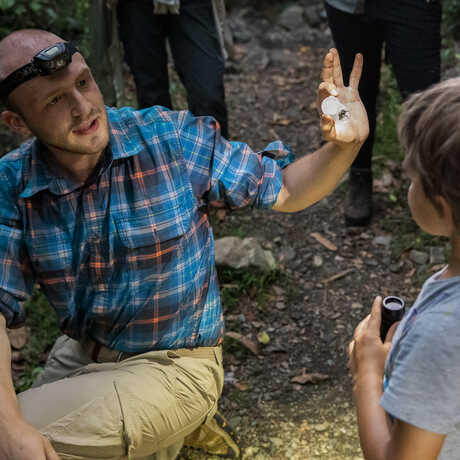
Collaborative engagement
Academy scientists will train local experts and business leaders in creating economic and environmental plans that support biodiversity and potentially unlock access to international development funds, while biologists from the Academy’s Steinhart Aquarium will connect island partners with international zoo and aquarium associations to help each island meet its species conservation goals. To build and foster ecological literacy, we will partner with community centers to produce pop-up exhibits celebrating biodiversity and conservation solutions for these critical regions.

- California Academy of Sciences’ Big Bang Gala spotlights island biodiversity conservation (March 20, 2023)
- New research prompts urgent call from scientists to protect Madagascar’s unique biodiversity (Science, December 1, 2022)
- Academy researchers have uncovered the mysterious origins of the diminutive—yet prolific—Antillean whistling frog (Biological Invasions; May 7, 2022)
Visit our Press Center for more Islands 2030 news.

